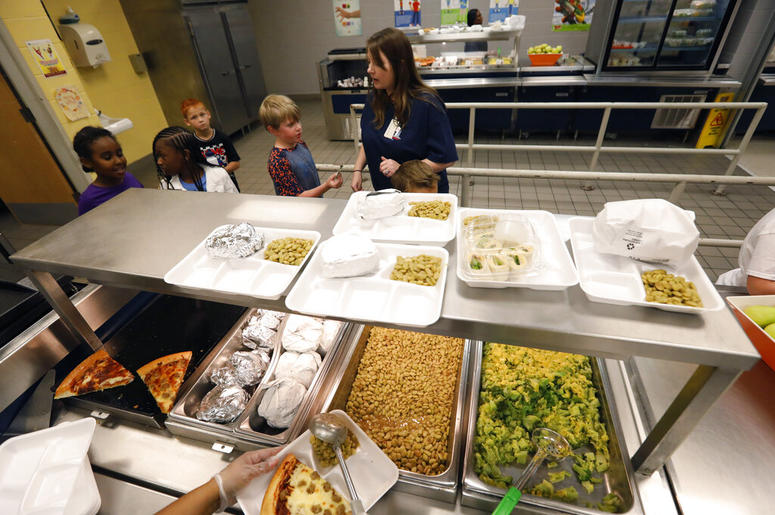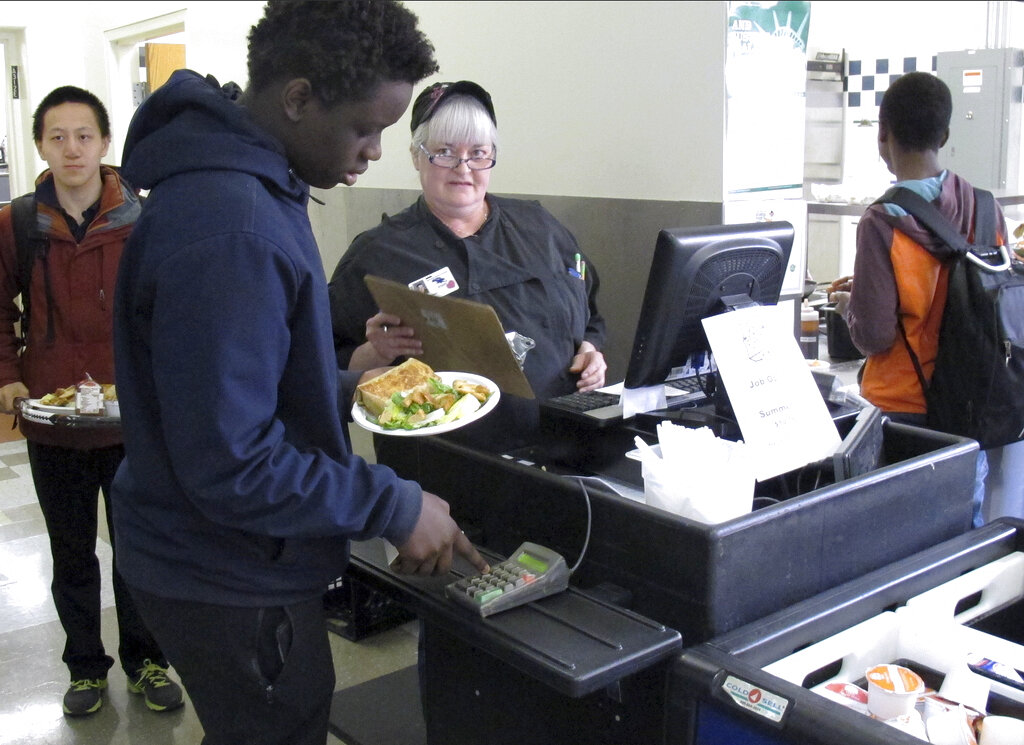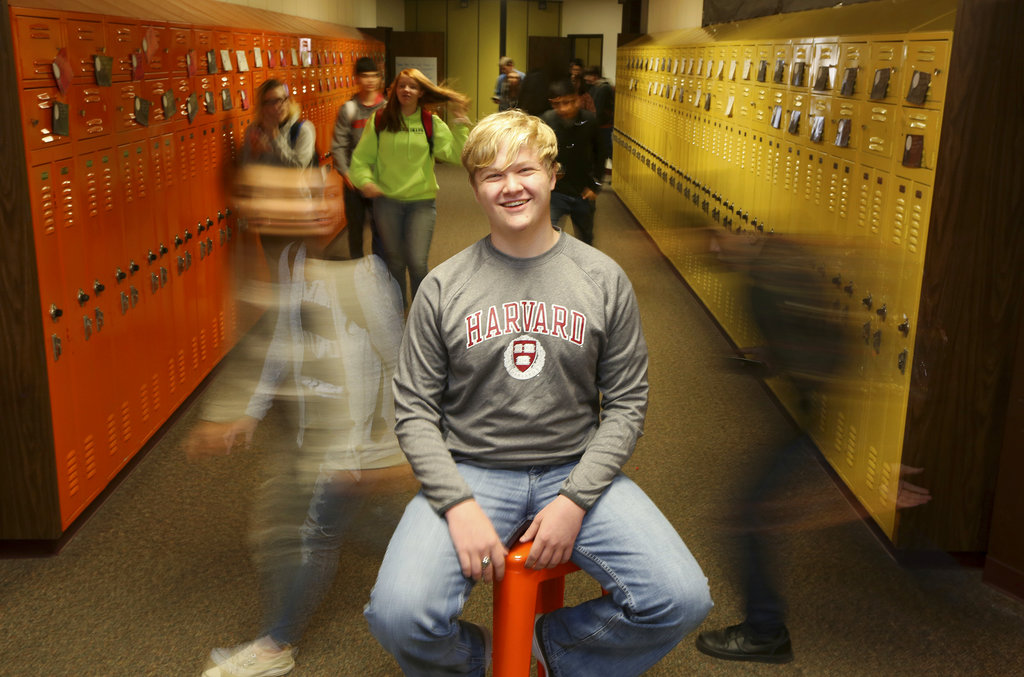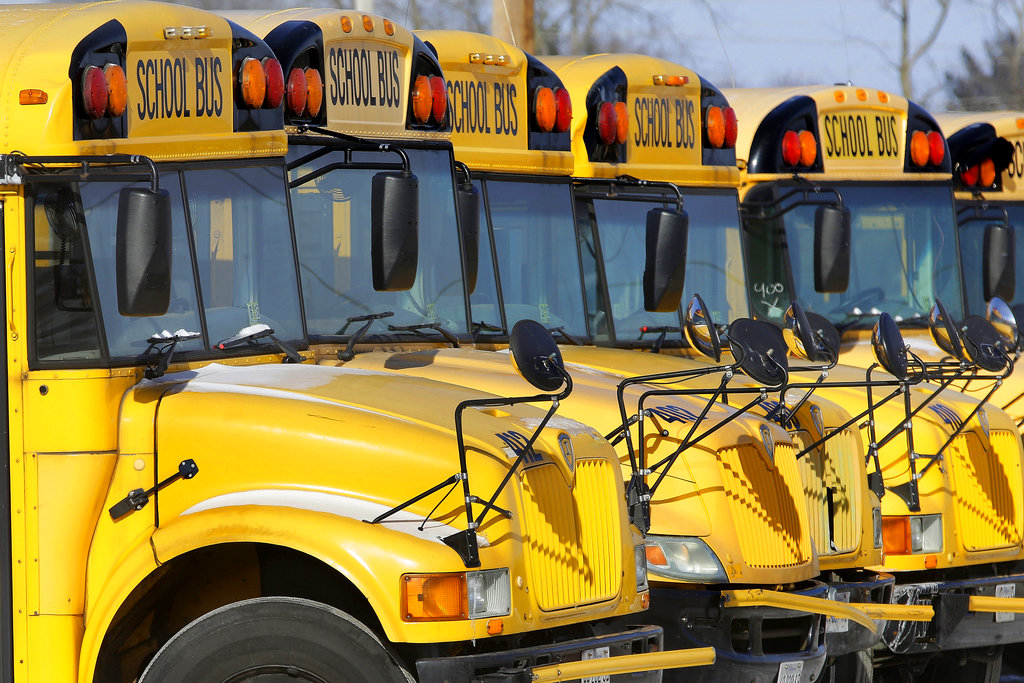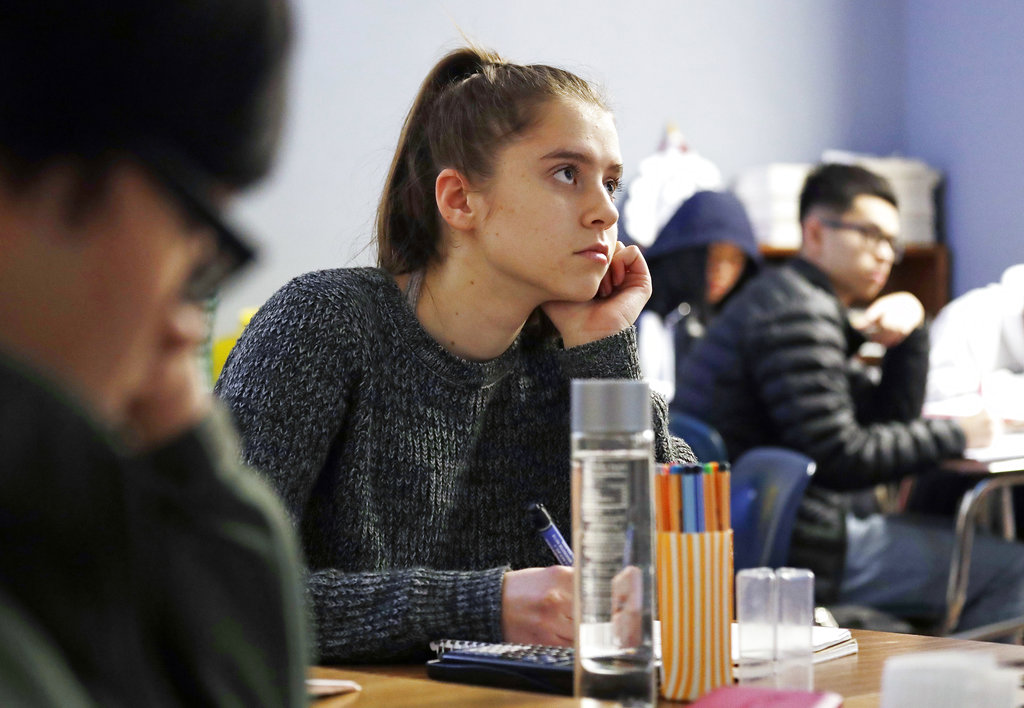By CANDICE CHOI AP Food & Health Writer NEW YORK (AP) — School lunch menus already have...
school
By CANDICE CHOI AP Food & Health Writer NEW YORK (AP) — Is white bread about to...
ULYSSES, Kan. (AP) — A 16-year-old Kansas boy will soon earn his high school diploma — and...
By LINDSEY TANNER, AP Medical Writer Child abuse increases the day after school report cards are released —...
By CARLA K. JOHNSON, AP Medical Writer SEATTLE (AP) — High school students are getting more sleep in...


